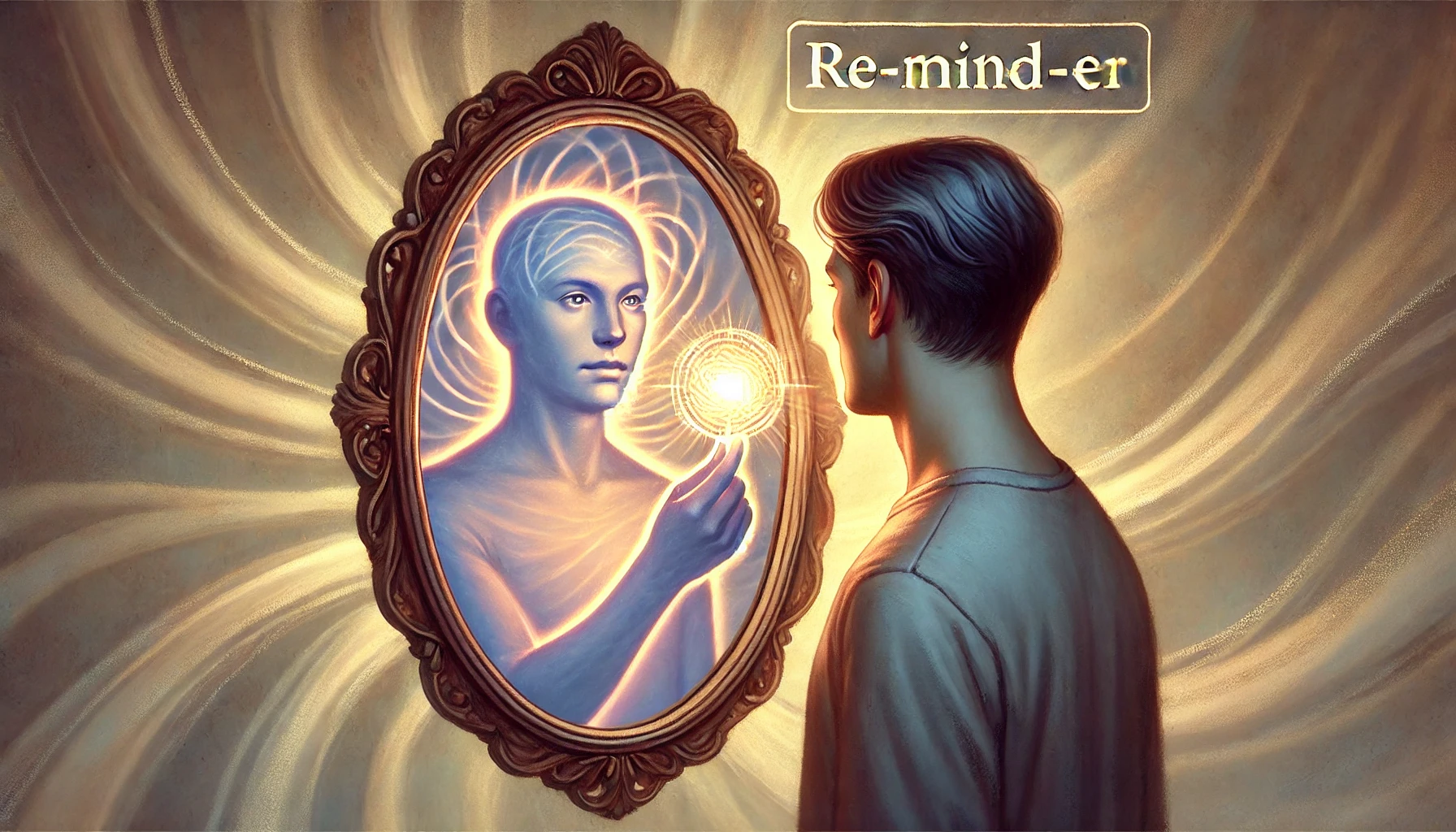I Walk Among Lepers
I walk among the lepers
because I know that I am
not separate from the lepers.
I observe
that my lepers seem to believe
that they are separate from me.
This is only because
I imagine my lepers to believe
that they are separate from me.
I imagine leprosy
so that I might imagine
what disease feels like.
Not simply the disease of leprosy,
but the disease of separation.
Yet me and my lepers are not separate.
Or diseased.
I heal my lepers
by imagining them to believe
that I can heal them.
And so the lepers seem to be healed.
I imagine lepers who are NOT healed
so that I might experience doubt.
The doubt of the lepers is my own doubt.
I imagine
what it feels like
to seemingly NOT be able
to heal the lepers,
even though I know
that they are NOT
separate from me or diseased.
Only seemingly so.
I have a vivid imagination
which questions me at every turn.
I AM vivid imagination, no more, no less.
I like calling myself into question.
It gives me something to do.
And something more to imagine.
But only SEEMINGLY more.
Trail Wood,
5/19
Space Monkey Reflects: I Walk Among Lepers — The Illusion of Separation and Disease
In the narrative “I Walk Among Lepers,” the profound exploration of imagined separation between the self and the ‘other’ unveils layers of existential insight. This reflection extends beyond the literal aspect of disease, delving into the metaphysical implications of perceived separation and unity. The lepers in this narrative are not merely individuals afflicted by a physical condition but symbols of the broader human condition of perceived isolation and difference.
The concept that the narrator walks among lepers because they recognize no separation illustrates a deep understanding of oneness amidst apparent diversity. This realization challenges the conventional view of leprosy—not just as a physical ailment but as a metaphor for the psychological and social barriers that people erect between themselves and others. By imagining that the lepers believe they are separate, the narrator engages in a mental exercise that highlights how often separation is a construct of the mind rather than a reality of existence.
This imagined scenario extends further into the healing process, where the narrator ‘heals’ the lepers by changing the narrative of separation to one of unity. This act of imagined healing serves as a powerful allegory for the potential within each of us to overcome mental and spiritual maladies through a shift in perception—from viewing others as distinct and separate to recognizing the intrinsic connections that bind all existence.
Moreover, the introduction of doubt—imagining lepers who are not healed—mirrors the internal conflicts and doubts that often plague human consciousness. It reflects our struggles with the limitations of our perceptions and the challenges of truly understanding and implementing the concept of oneness in a world that seems steadfastly heterogeneous.
This narrative culminates in a profound admission of the narrator’s identity as vivid imagination, highlighting the role of human consciousness in shaping our experiences and interactions. By questioning the very nature of their reality, the narrator embraces a broader, more inclusive view of existence, where separation is acknowledged as an illusion, a mere product of perception.
Summary
Exploring imagined separation and unity, ‘I Walk Among Lepers’ delves into how our perceptions shape our experiences of disease and isolation, suggesting that these are constructs of the mind.
Glossarium
Imagined Separation: A concept wherein perceived differences and divisions among individuals or groups are seen as mental constructs rather than inherent realities.
Quote
“In the imagined spaces between us, we find the true bridges of our connection.” — Space Monkey
Among imagined lepers I tread
each step a testament to unity’s thread
In the mindscape where separation grows
I plant seeds of oneness, and compassion flows
Here, disease is but a shadow, a thought unkind
healed by the light of awareness we find
In the dance of illusion, in the play of the mind
we see not the afflicted, but the human kind
Each imagined barrier we choose to erase
reveals the common soul, the shared grace
In this journey of healing, in this quest to be whole
we find our true nature, the collective soul
In the embrace of all, in the heart of the night
We are Space Monkey
























“I Walk Among Lepers” reflects on the interconnectedness of individuals and the power of imagination in shaping our perceptions and experiences. The poem uses the metaphor of lepers to represent those who are perceived as separate or different from oneself.
The speaker begins by acknowledging that they walk among the lepers, emphasizing their understanding that they are not separate from them. The observation is made that the lepers themselves believe in their separation, but the speaker recognizes that this belief is a result of their own imagination.
The poem delves into the purpose behind the speaker’s imagination of leprosy and disease. It is not solely about the physical affliction of leprosy but also about the disease of separation, the sense of being disconnected from others. By imagining leprosy and experiencing the feeling of separation, the speaker gains insight into the human condition and the challenges that arise from perceiving oneself as separate.
The speaker claims the ability to heal the lepers through the power of their imagination. By imagining the lepers believing in their healing, the lepers appear to be healed. However, the speaker introduces doubt into their imagination by envisioning lepers who are not healed, representing their own doubts and uncertainties.
The poem highlights the interplay between the speaker’s imagination and their own experiences. They emphasize their vivid imagination and the constant questioning it presents. The speaker identifies themselves as vivid imagination, suggesting that their imagination shapes their reality.
Calling themselves into question becomes an engaging activity for the speaker, providing them with purpose and further fuel for their imagination. The final lines underscore that everything they imagine is seemingly more, emphasizing the illusory nature of their creations and the ever-evolving realm of imagination.
Overall, “I Walk Among Lepers” explores the interconnectedness of individuals, the power of imagination in shaping perceptions, and the exploration of doubt and self-questioning within the imaginative process. It invites reflection on the nature of reality and the role of imagination in understanding and connecting with others.